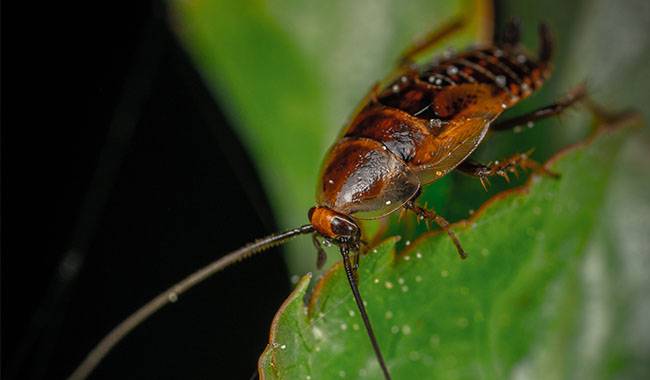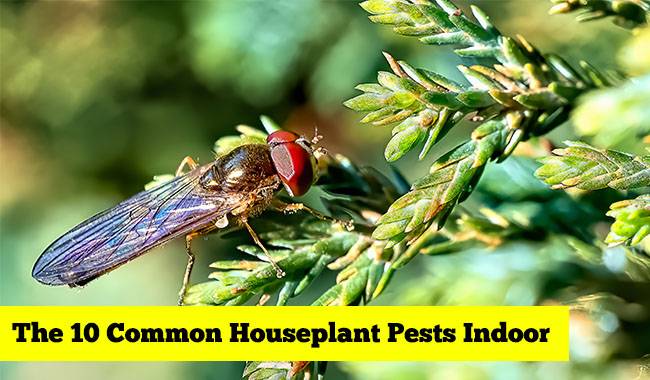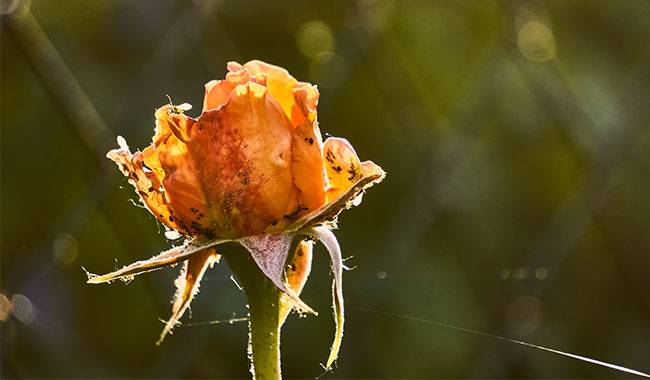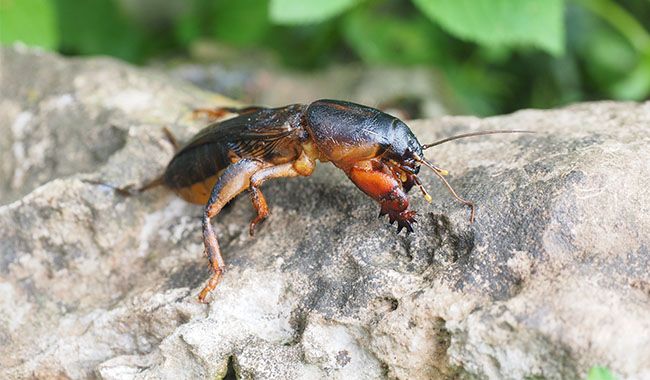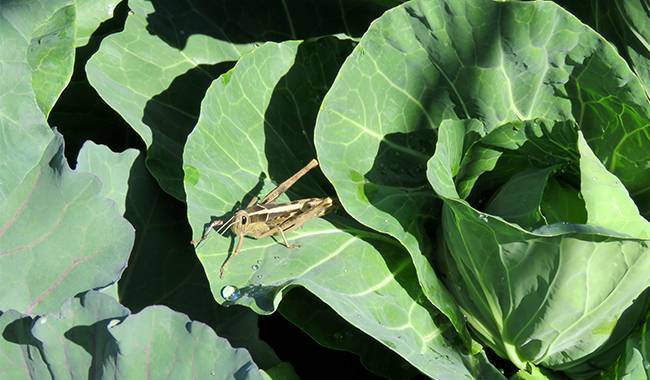
Golden Autumn. Roses bloom in the palace. The melody of cicadas ringing in the night. The harvest in the garden smells like honey. However, autumn is not just about harvesting honey apples and pears and making juice and jam, it is also about preparing for next year. And how carefully, correctly, and in time depends on the future harvest. Very often, poorly prepared orchards do not survive the winter, which adds to the workload of the spring planting season. This lack of time leads to increased infestations of diseased garden pests, resulting in poorly prepared gardens, poor harvests, and more or less toxic treatments. Therefore, autumn is the beginning of the year.
ORGANIZING THE AUTUMN HARVEST IN THE GARDEN
All fall work must begin at harvest time and end when the first frost arrives.
Remove the harvest. Remove loose fruit from under the trees to use as animal or bird feed, compost healthy pieces of fruit, bury diseased plants away from the house, or burn them.
Clear all fallen leaves from under trees. Healthy leaves can be used to weed, carpeting them for garden beds and other areas. Remove diseased leaves and burn them. You can make a hole for diseased leaves and other plant debris and treat them in layers with medications for various diseases. The resulting humus (at least 3 to 4 years old) can be used as organic material for the lawn of the seating area.
Clean the bark with scrapers, wounds, and hollows. Before doing this, place an old cloth or film under the canopy to prevent pests that overwinter in the canopy from reaching the ground. Disinfect the surface of the wounds and apply garden varnish. Pruning.
Pruning in cold areas is best postponed until spring. This is due to the bark around the plugs may dry out and freeze. In cooler areas, prune hygienically in autumn after the leaves have completely fallen and removed any bent, old, wilted branches and those affected by the disease. Do not forget to perform restorative pruning on older trees after 3 to 5 years. The external manifestation of this pruning need is the diminished growth and development of the top of the tree. After pruning, removes all waste and burns it.
Once the preliminary work of preparing the orchard for winter is completed, pest and disease control measures are initiated.
PEST CONTROL MEASURES FOR FRUIT TREES
Whitewashing of fruit trees
To protect fruit trees from pests and diseases, stumps and trellis branches must be whitened. The whitening composition can be varied and consist of a single, fresh slaked lime or a more complex mixture that kills overwintering pests, mycelium, and spores of fungal and bacterial diseases and prevents sun and frost damage.
Whitewashing with pure fresh slaked lime is ineffective. It is quickly washed away by rain and is only temporary protection against frost and sunburn.
Recently, special (for landscape trees) acrylic, water-emulsion, and water-dispersible coatings have become available. They have good protective properties and do not wash off the treated tree surface for a long time. They contain preservatives. If a batch of paint is liquid, PVA glue (a water-soluble synthetic polymer) or garden glue can be added, but not joinery glue. Woodworking glue will clog a solid film on the treated surface, and the wood will therefore not be able to breathe. If the ready-to-use stucco is of a denser consistency, glue is not required.
Given the cost of ready-made stucco products, many gardeners prefer to make their own mixtures. The basis for all mixtures is fresh slaked lime and clay in a ratio of 2:1. For young seedlings, chalk is used to avoid burning the bark of the seedlings. Add PVA glue, garden glue, or special adhesives (available for purchase), and additives to kill overwintering forms of pests and diseases.
Insect poisoning additives include copper sulfate, dichlorvos, etc. To kill not only adult and larval forms of pests but also fungal and bacterial infections, fungicides need to be added for use together. Fresh slaked lime is needed to burn off pest eggs, lichens, and mosses.
Installation of trapping tape
Trap tapes are usually made of straw rope. Treat it with any poison solution or powder preparation and secure it to the trunk of the tree and underneath the scaffold branches with anti-tremor glue. Make a glue channel with the glue and secure the trapping tape. The glue does not cure for a long time, and all crawling pests will stick to it and in the straps. Then die. If it has been warm for a long time in the fall, replace the belt with a new one after 3-4 weeks while removing it in time to replace it with a new one in the spring. Old straps must always be burned.
Canopy spraying
After treating the trunk and scaffold branches, the canopy of the fruit trees should be sprayed. Treatment is by spraying with a 2% to 3% solution of copper sulfate or 3% Bordeaux mixture. Stronger formulations such as DNOC (Dinitro-ortho-cresol) at 1% and nitrofen at 3% can also be used.
If the garden does not use insecticides, mineral fertilizer solutions can be used instead: urea (5%), ammonium nitrate (7%), ammonium sulfate (15%). You can use petroleum-based 30B preparations for spraying.
Soil treatment
The final stage of garden protection in autumn, while preventing the occurrence of pests and diseases – the treatment of the bedding circle.
If there is turf in the garden, spray the planting circle or intact soil with urea solution (500 g/2.5 Gal of water) or copper sulfate (7% solution). Spraying with biological agents is effective.
If the soil in the root zone is in a steamy state. When all work is done, dig out the soil so as not to damage the roots. Place the spade along with the roots and dig 2-6inch (5-15 cm) deeper from the trunk to the periphery of the canopy. The dug soil is treated with a 7-10% solution of copper sulfate or other preparations. Incidentally, the binder can be added to the whitening solution. Keep it for 3-4 days, finely embedded with a rake and covered with a 2-4inch (5-10 cm) layer of fine soil. Pests that are still alive after soil treatment will begin to occupy the mulch layer and will be dead by spring. In the spring, the mulch should be processed and turned over.
Rodent control
Rabbits and rodents cause great problems for gardeners. They damage the bark of young seedlings and cause the death of young trees.
The main control measures are bundling with conifers (spruce, juniper) and roofing felt. Installation of wire fences. When installing fences and strapping, the main thing is to fix the bottom part in the soil of the rhizosphere. You can place poisonous bait for rodents around it. For small rodents, shovel the snow around the tree trunk in winter after it snows.
When whitening trees in autumn, you can add 1-2 tablespoons of carbolic acid to the whitening agent. Rats and hares will not approach such trees.
Implementing the recommended measures when preparing fruit crops for winter will eliminate 60-70% pests and protect orchards.
More related information about garden pests




